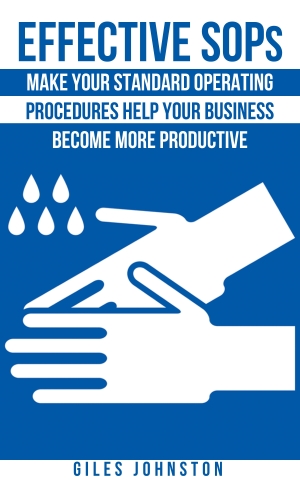Why is it that so many people try to keep information in their heads?
As I say to all my consulting clients:
If it isn’t written down, then it doesn’t exist!
This could be for all sorts of things:
- Knowing how to carry out a specific business function
- Actions from a meeting
- The development action plan
- The deliverables for a client project
- Updates to a production schedules
…and I am sure you can think of more that affect your business.
There are plenty of good reasons to document activities formally in your business but three stand out for me:
- If activities are written down, they have a better chance of being followed / undertaken.
- It reduces the amount of ‘stuff’ people have to hold in their heads.
- The business becomes more resilient as it become less dependent on individuals holding key business information.
Capturing information doesn’t have to be time consuming or complicated. You can start with a few ‘crib notes’, build into some working documents and eventually grow into a full set of business procedures and reference guides (if appropriate).
I’ve put a few links below if you need a hand to get started. Otherwise, if you find your team (and yourself) forgetting key steps in processes, or missing actions from improvement projects, then please pledge today to start writing things down, however it needs to be done.
Links
Effective SOPs – if you need guidance on capturing key business instructions, check out my ‘how to’ book on Standard Operating Procedures (SOPs). Available from Amazon and iTunes.
PDCA Complete – if your team need an online task management system, that allows you to digitise your business processes, then check out PDCA Complete. We offer a free subscription for a team of up to three people.
Kamishibai Boards – a short guide to implementing a quick, low cost, visual management system to help you keep your business processes running like clockwork. Available from Amazon and iTunes.
